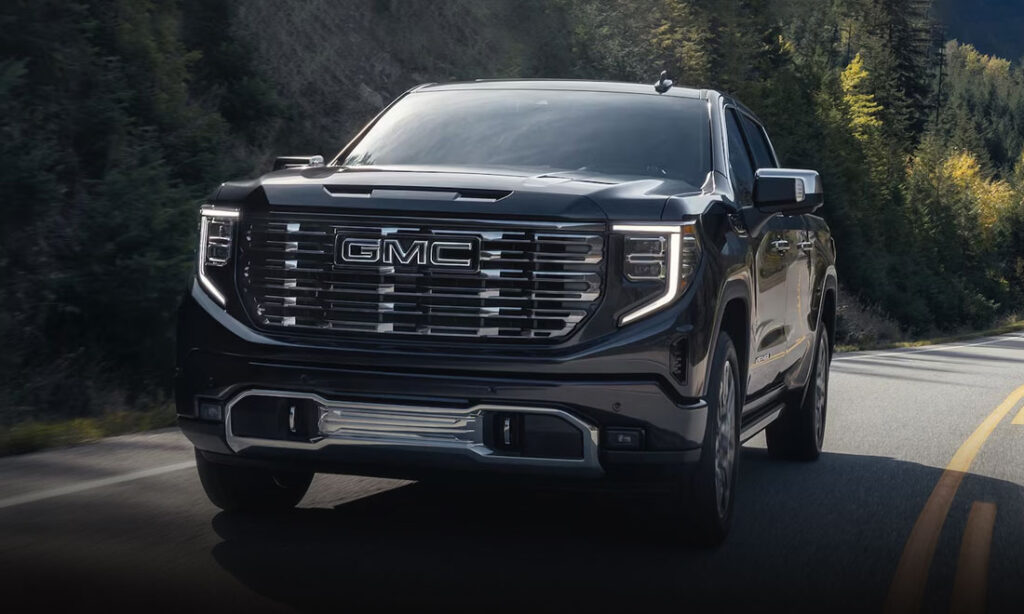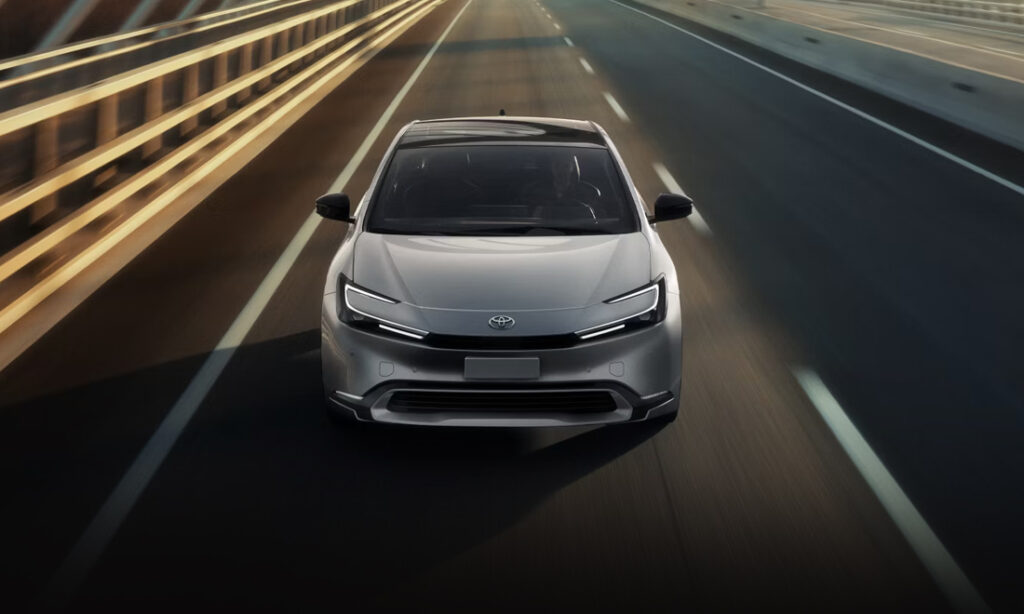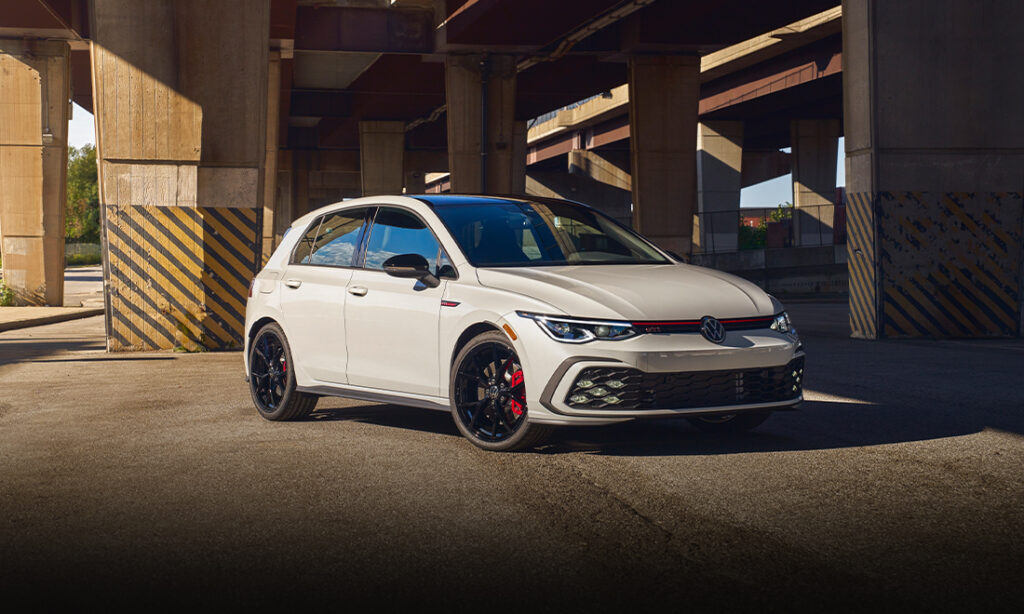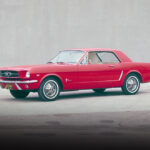Retro Review: Chevrolet Nova
The compact turned muscle car legend, the Chevrolet Nova helped GM keep pace with competitors and weather the Oil Crisis of the 1970s.
The Falcon, Corvair, and the Chevy II
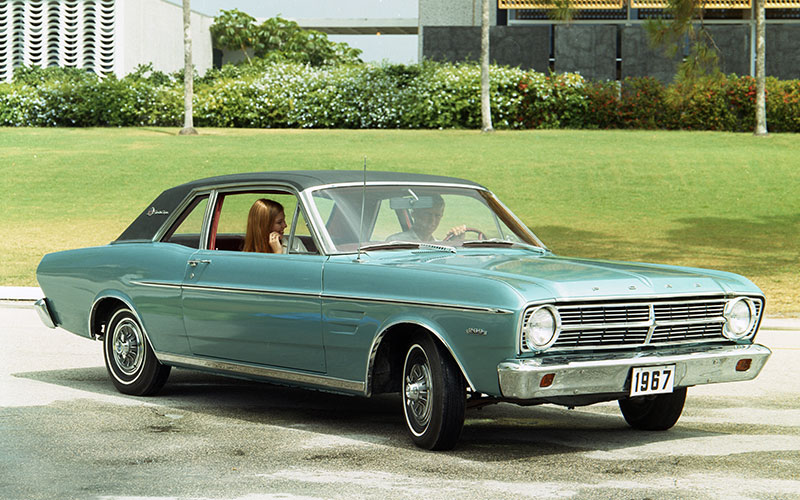
In the mid to late 1960s, Detroit’s Big Three took aim at the youth demographic with sporty and affordable two-door coupes. The Mustang, Camaro, and Charger spawned an American obsession with muscle cars that has persisted well into the 21st century. Most include the Chevrolet Nova among the American classic muscle cars of the 1960s, but the Nova actually began life as GM’s compact car answer to the hot-selling Ford Falcon.
The idea for a Falcon competitor came back in 1960. While the Chevrolet Corvair was innovative, with its rear engine design, it wasn’t the biggest seller for GM. Meanwhile, Ford was seeing major success with their new, budget-minded Falcon. GM responded with the Chevy II, an X-body design intended to compete directly for those entry-level dollars the Ford was scooping up with the Falcon. The Chevy II would come in a variety of body styles including a sedan, two-door coupe or convertible, and a wagon. Three trims would be offered, the 100 Series, 300 Series, and Nova 400 Series.

The Chevy II went from drawing board to showroom in a mere 18 months’ time, debuting in 1961 as a 1962 model year. Despite its humble beginnings, it wouldn’t be too long before this compact commuter would enter the ranks of muscle car legends.
First Generation (‘62- ‘65)
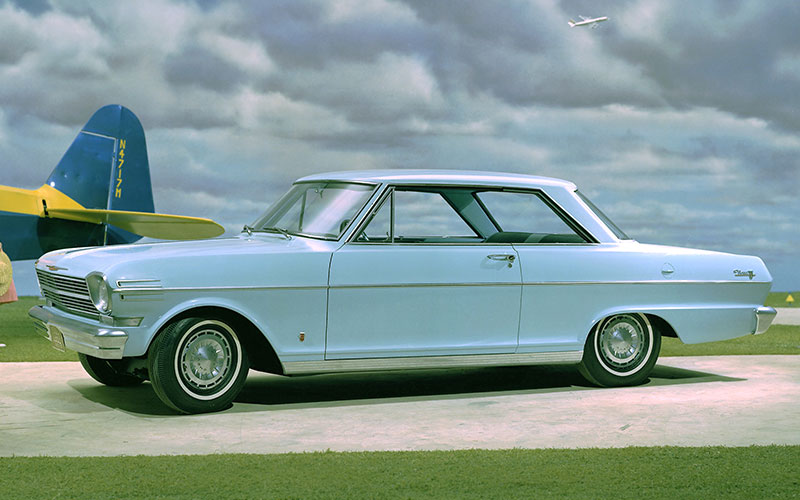
1962 Chevy II Nova – media.chevrolet.com | Shop Chevrolet Nova on Carsforsale.com
In its first few years, the Chevy II offered a modest selection of engines to match its budget car aspirations. There was the 2.5L inline-4 and a 3.2L inline-6. The latter of these was the standard engine for the ‘63 Nova Super Sport. It wouldn’t be until the 1964 model that the Chevy II would get a V8 in the form of a 195 horsepower 4.6L. At the same time GM dropped the convertible option for the car. A cosmetic update came in 1965 updating the grille. The 300 Series trim level was also dropped leaving the 100 Series and the Nova 400. Despite the small engine offerings, motor heads were already doing V8 swaps into the lightweight Nova.
Second Generation (’66- ’67)
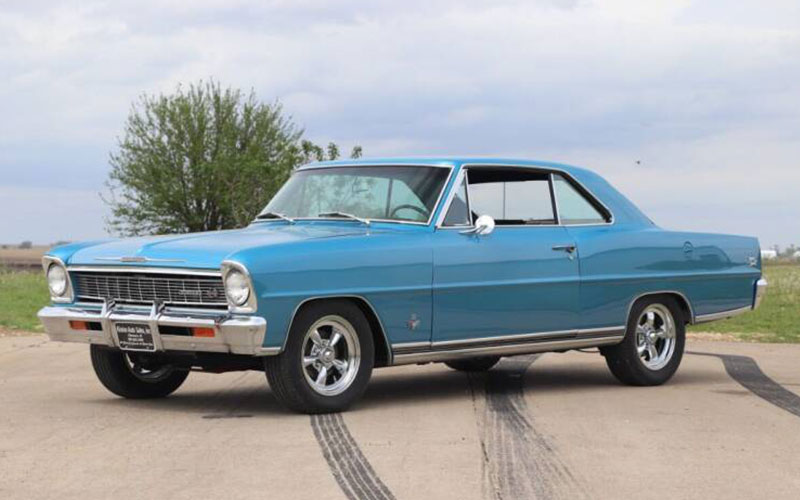
The second generation of the Chevy II saw another design overhaul that included a new grille and new cowled headlights. The Nova Super Sport trim came exclusively in the sport coupe body style, still with the inline-6 as the standard engine.
The ’67 model year saw the Nova Super Sport drop it’s Chevy II badging as well as the addition of a new 5.3L “Turbo-Fire” V8 making 350 horsepower. GM had finally given the Nova the muscle it needed to enter the muscle car fray. Engine options now ranged from the base 2.5L four-cylinder, two six-cylinders, and three different V8s.
Third Generation (’68- ’72)
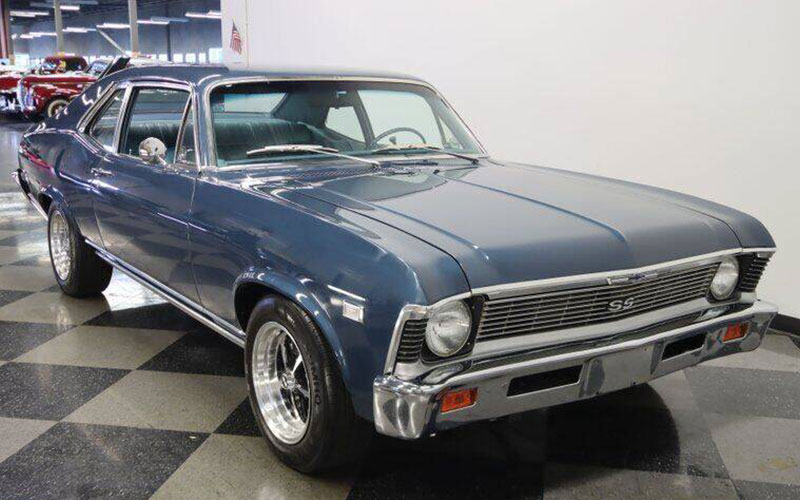
Another generation, another major redesign. This time the Chevy II/Nova not only changed cosmetically but also gained a longer wheelbase, now 111-inches. The wagon and hardtop and convertible coupes were jettisoned. Things were streamlined even further when Chevrolet dropped the Chevy II name in favor of the Nova for the ’69 model year.
The Nova was still offering a generous number of engine options in this generation. A 90 horsepower 2.5L four-cylinder remained the base engine until 1970. A 4.1L I-6 and a 5.0L V8 rounded out the choices on the Nova proper while bigger V8 could be accessed in the Nova Super Sport, the car’s new top trim level. There you’d find a 5.7L V8 making 295 horsepower as well as two version of the same 6.5L V8 making either 350 or 375 horsepower depending on the tune.
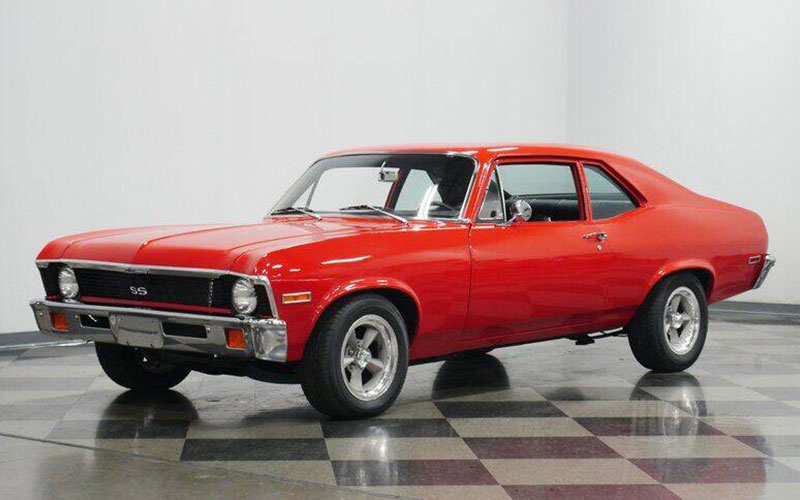
The 1971 the 6.5L was replaced in the SS with the 5.7L V8. The base four-cylinder was replaced by the 4.1L I-6 as the base engine for the Nova. This year also saw the first of GM’s Nova badge swaps, the Pontiac Ventura. The Oldsmobile Omega and Buick Apollo would follow for the 1973 model year. Taken together the four cars’ names comprised the acronym N.O.V.A.
Fourth Generation (’73- ’74)
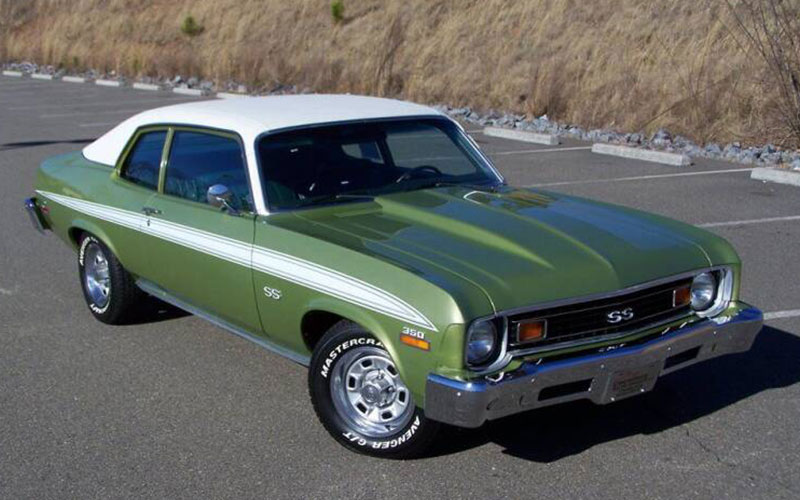
Yet another exterior redesign brought bigger, government mandated bumpers as well as a new two-door hatchback option to the Nova. Engine options began to constrict, coinciding with the first rumblings of the Oil Crisis, with the most powerful option restricted to a 350cu. in. V8 making 175 horsepower. The SS was reduced to an appearance package that could be ordered with any of the Nova’s engine options. Updates were also made to the Nova’s suspension and air-conditioning was also added as a new option.
The ’74 model received more cosmetic changes including those to the front emblem and even larger bumpers. Engine options were further reduced to just he inline-6 and the V8.
Fifth Generation (’75- ’79)
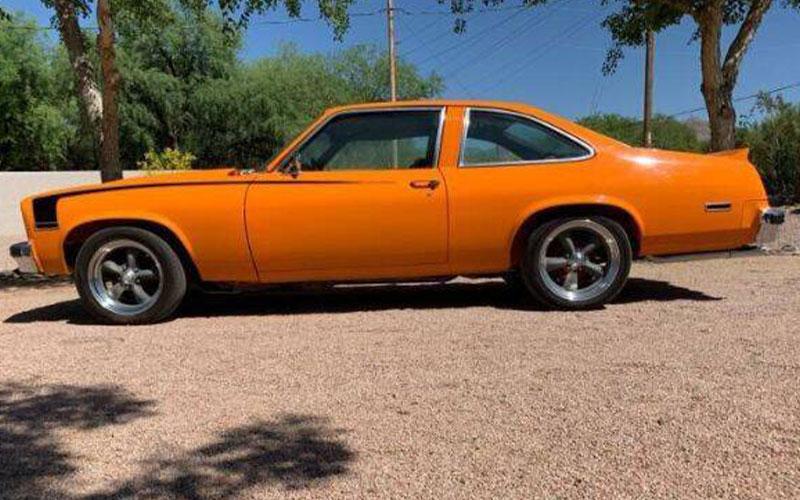
Another redesign arrived for the ’75 model year, but unlike in generations past, the new Nova saw GM looking not toward the muscle cars of years past and instead toward more sophisticated European designs. The result was a more generic, less characterful Nova. To punctuate this shift, Chevrolet introduced the new LN or Luxury Nova trim package. The LN added such flourishes as cushy reclining seats, improved sound insulation, a flood shifter, and an electric clock.
The LN received a name change in for the ’76 model to the Concours. It came in coupe, hatchback or sedan and added faux wood accents to the interior and a new hood ornament. The Oil Crisis continued to cut into the horsepower offerings with the six-cylinder producing just 105 hp and the two V8s making 140 hp and 165 hp respectively. The Nova SS would see its demise in 1977.
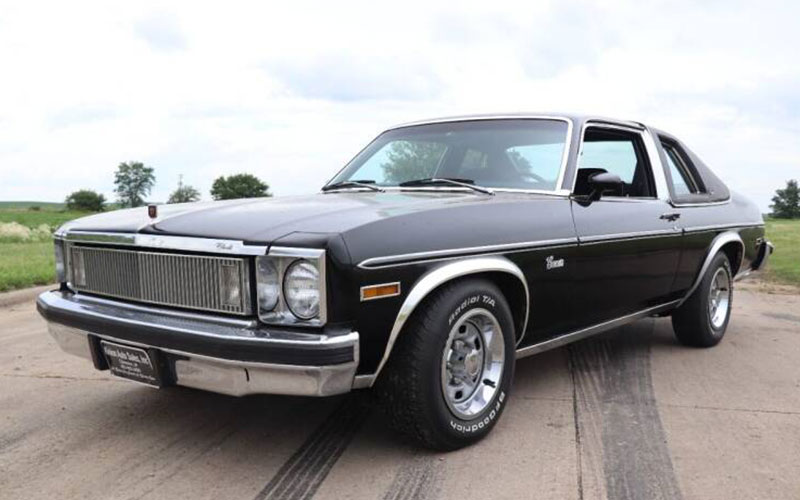
The Concours, too, was discontinued for the 1978 model year and most of its features moved over the Nova Custom trim. The following model year, 1979, would be the Nova’s last. Lackluster sales had dogged the Nova for some time. GM turned the page on the Nova in favor of the new Chevy Citation.
The Toyota Coda

1987 Chevy Nova – carsforsale.com | Shop Chevrolet Nova on Carsforsale.com
This wouldn’t be the last time a GM car would carry the Nova nameplate. But the new Nova wouldn’t actually be a GM design. Instead, in partnership with Toyota, GM released a rebadged Corolla (or Sprinter in Japan) as the Nova. The AE 32 platformed compact came in the form of either a hatchback or notchback sedan and carried a puny 1.6L four-cylinder gas sipper making just 74 horsepower. It was a far cry from the muscle car Nova of the 1960s. The Toyota/Chevrolet Nova would last for just four model years form ’85 to ’88.


